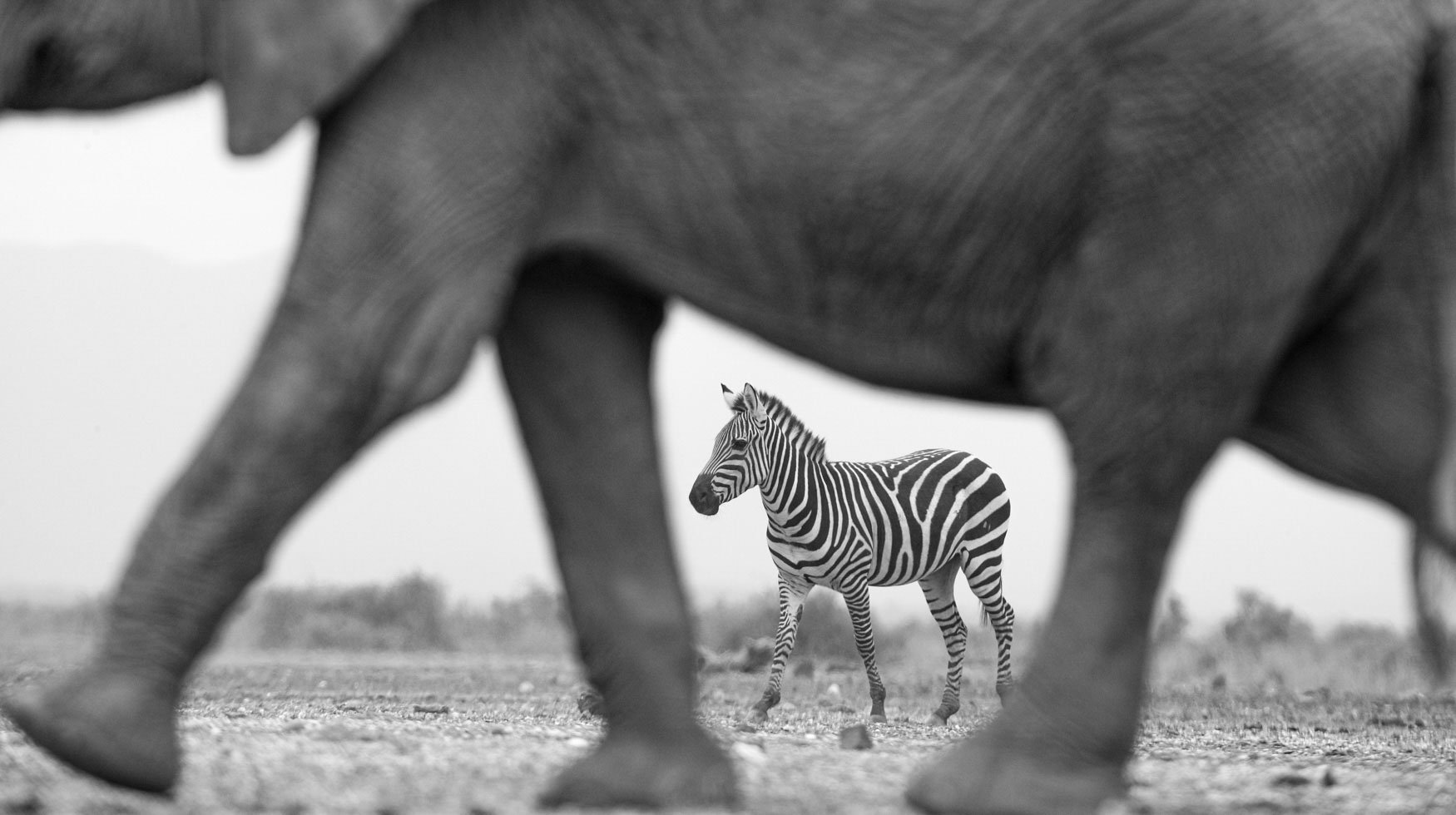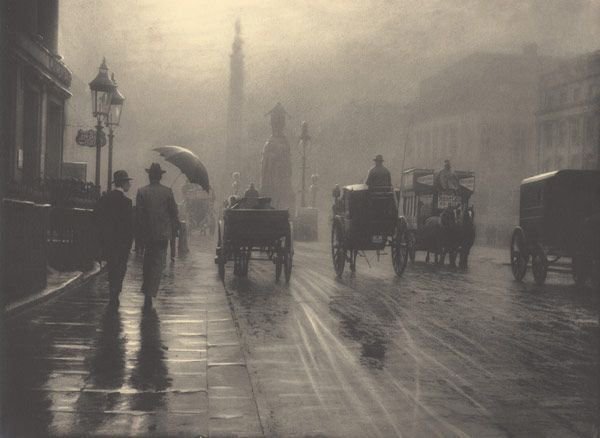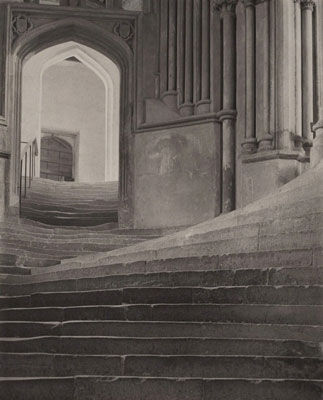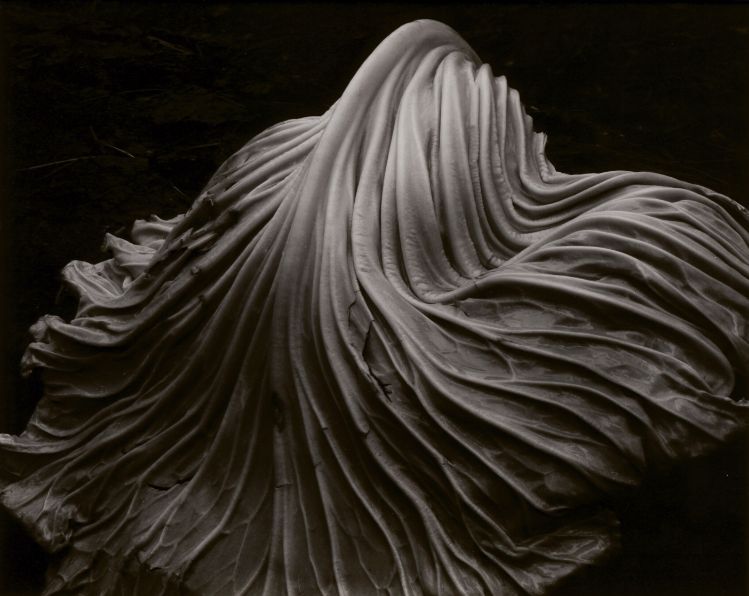In art, there are several essential elements to consider when producing work to enhance the art and push it to a higher level. In photography, six of the key terms can be applied in the form to produce a shot with a high level of aesthetic, as well as a “high-standard quality” title to describe the photograph overall.
First of all, line. As we start to notice, learn, and accept it, we can find it everywhere in the world, in any form and any type. In a photograph, there can be many types of lines; straight, curvy, clear and grand, vague and serving as hints, even mysterious and containing deeper meanings (this requires a dig into the world to capture and collect). Lines can serve as guides, outlines, and even become the subject of the photograph itself.

A “lined” photograph of a park bench
Then comes the shape. Not just in photography, shapes happen to be in every moment when we open our eyes as everything and anything contains shape. In the world of photography, some shots were really focused on the actual shape of a single object or how multiple objects collaborate and reflect with each other to create a new shape.

Shells, 1927, Silver Gelatin Photograph by Edward Weston, mentioned in previous blogs
The next one is repetition/pattern. The base meaning of this is to find repeating elements in a single photograph and how they create a pattern, or simply, an interesting point that’s worth it to be displayed and seen by other people.

An abstract photo showing the colors of red, blue, black, and white to match together.
Next up comes the texture. For this element, an important question to consider is, “If one can touch the surface of the photograph, how would it feel?” This element is actually relatively hard to focus on and actually create, as the photographers cannot always determine the actual “touch” of their photographs, even though there can be some options they desire to create out.

A hard and rocky feeling comes up when this shot is observed and pretends to be touched
After that, comes up the value/tone. The value or tone of a photograph refers to the range of lightness and darkness within the image. It can directly impact the mood, depth, and overall visual appeal of a photograph.

Try to spot the lighter and darker parts in this photograph of this dog.
Finally, focus determines the first point that catches the audience when they get a look at the photograph. Photographers try to make what they want to display in a focus and match them with other techniques or elements.

In this photo, the zebra behind is the intended focus point, as the ground and the elephant in the front are all blurred and out of focus, making the clear zebra in the back stand out.
The last thing to be discussed in this post is whether one photograph shows evidence of only one element at a time or not. The answer is no, in fact, it’s rare that only only one is displayed. When a photographer finds inspiration and shoots it down, no matter whether it is intentional or unintentional, different elements match with each other to create an excellent outcome. For example, the repetition photograph above also shows a sense of lines and shape, as the red area forms straight guidelines matching the huge amount of squares portrayed. Also, the value/tone example shows a sense of focus as the photographer aims to use lighter and darker spots to display the dog, the primary object of the photograph, by making the backgrounds more faded and focusing tone changes on the dog.
To sum up, the six key elements in photography are certainly important and inevitable for a successful product, but the actual magic part is that all the elements work together in a single photograph to always create new and wonderous outcomes that are unknown yet and waiting to be discovered.
Works cited:
Blanchette, Jeff. “12 Amazing Photos That Will Make You Appreciate Leading Lines as a Great Composition Tool.” Pinterest, 15 Mar. 2018, www.pinterest.com/pin/458804280783220020/. Accessed 22 Jan. 2025.
Luntz, Holden. “Edward Weston’s Shells.” Holden Luntz Gallery, 21 Nov. 2020, www.holdenluntz.com/magazine/new-arrivals/edward-weston-shells/. Accessed 22 Jan. 2025.
“18 Stunning Examples of Patterns in Photography | Photzy.” Photzy, 2025, photzy.com/18-stunning-examples-of-patterns-in-photography/. Accessed 22 Jan. 2025.
Radwa. “25 Stunning Texture Photographs.” Photopoly, 26 Mar. 2012, www.photopoly.net/25-stunning-texture-photographs/. Accessed 22 Jan. 2025.
Guillen, Amar. “Why and How: Mastering Tonality in Nature Photography.” Guillenphoto.com, Guillen Photo, 22 Nov. 2019, www.guillenphoto.com/en/why-and-how-mastering-tonality-in-nature-photography.html. Accessed 22 Jan. 2025.
Laubscher, Michael. “THE IMPORTANCE of FOCUS in PHOTOGRAPHY.” Wild Eye, 27 Nov. 2024, wild-eye.com/the-importance-of-focus-in-photography-15280/. Accessed 22 Jan. 2025.









